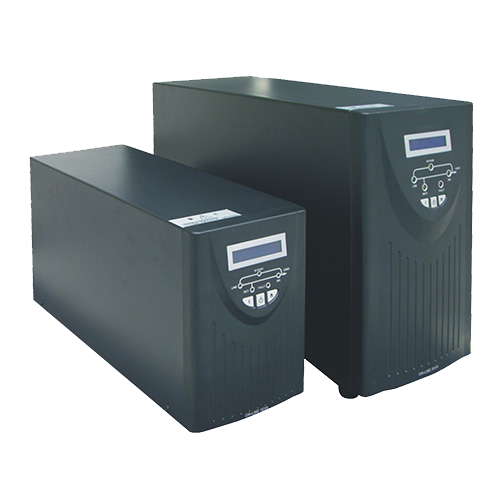
In today’s fast-paced world, staying connected and keeping your devices running smoothly is more important than ever. Whether you are working from home, gaming, or simply enjoying your favorite streaming service, power interruptions can disrupt your activities and lead to loss of important data. This is where UPS batteries come into play, providing you with the backup power needed to keep your devices running even during unexpected outages.
Understanding UPS batteries is essential for anyone looking to safeguard their electronics and maintain peace of mind. These uninterruptible power supplies ensure that you have a reliable power source, protecting your investments and allowing you to continue your tasks without interruption. In this ultimate guide, we will explore the various types of UPS batteries, their features, and how to choose the right one for your needs, empowering you to take control of your power management strategy.
Understanding UPS Battery Functionality
Uninterruptible Power Supplies, commonly known as UPS batteries, play a crucial role in providing backup power during electrical outages. These systems are designed to maintain a steady power supply when the main source fails, ensuring that connected devices can continue to operate. This is especially vital for sensitive equipment such as computers and servers, where data integrity is paramount. The functionality of UPS batteries allows for seamless transitions from utility power to battery power, thus preventing potential disruptions.
The UPS system consists of several key components that work together to provide reliable power. The battery serves as the heart of the UPS, storing energy that can be rapidly deployed when it detects a power failure. The inverter converts this stored DC (direct current) power into AC (alternating current) power, which is required by most electronic devices. Additionally, a UPS battery typically includes a charger to replenish its power supply during normal operations. This intricate setup ensures that users experience minimal downtime in the event of a power interruption.
UPS batteries come in various types, each with its own advantages and functionality. Lead-acid batteries are the most common due to their cost-effectiveness and reliability, while lithium-ion batteries are gaining popularity for their longer lifespan and better energy density. Ultimately, choosing the right UPS battery depends on the specific needs of the user, including the type of devices being powered, desired runtime during outages, and budget constraints. Understanding these factors is key to selecting a UPS system that effectively safeguards your electronic equipment.
Choosing the Right UPS Battery
When selecting a UPS battery, it is essential to consider your power needs. Start by assessing the total wattage of the devices you plan to connect to the UPS. This will help you determine the capacity required to sustain those devices during an outage. Look for UPS systems that match or exceed your wattage requirements to ensure uninterrupted power supply.
Another crucial factor is the runtime of the UPS battery. Different models offer varying runtimes based on the load they power. If you require longer backup times, consider higher-capacity batteries or additional battery packs. It is also helpful to check specifications regarding how quickly the battery can recharge, which affects your system’s readiness for the next power outage.
Finally, pay attention to the battery type and its maintenance requirements. Lead-acid batteries are common, but lithium-ion options are gaining popularity due to their longer lifespan and reduced weight. Each type has its advantages and potential drawbacks. Make sure to choose one that fits your maintenance preferences and budget, as well as the specific demands of your equipment.
Maintaining Your UPS Battery for Longevity
Taking care of your UPS battery is crucial for ensuring it performs optimally when you need it most. Regular maintenance can significantly extend its lifespan and reliability. Start by keeping the battery clean and free from dust and debris. Use a soft cloth dampened with a mild detergent to clean the battery casing and terminals. Check for any signs of corrosion at the terminals and use a mixture of baking soda and water to neutralize any corrosion, followed by thorough drying.
Another vital aspect of maintaining your UPS battery is monitoring its charge levels. It’s important to ensure that the battery is not consistently kept at a low or high charge. Avoid allowing the battery to discharge completely, as this can lead to irreversible damage. Keeping your UPS battery charged between 40 and 80 percent is ideal for maintaining health. If you have a smart UPS, take advantage of its notifications to track the performance and health of your battery regularly.
Lastly, pay attention to the environment where your UPS is located. Extreme temperatures can adversely affect battery performance. Ideally, maintain a temperature between 20 and 25 degrees Celsius. Ensure there’s adequate ventilation to prevent overheating. If possible, avoid placing the UPS in direct sunlight or near heat sources. By following these maintenance tips, you can significantly improve the lifespan and effectiveness of your UPS battery.

